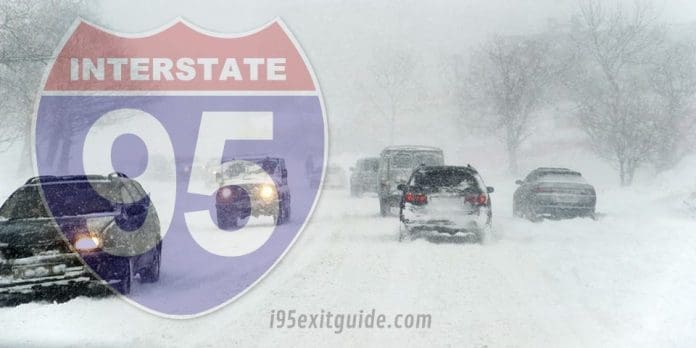With frigid temperatures and more snow in the forecast, the Pennsylvania Department of Transportation (PennDOT) is reminding motorists to use caution when travelling and to prepare or restock their vehicle’s emergency kits.
Drivers should prepare or restock their emergency kits with items such as non-perishable food, water, first-aid supplies, warm clothes, a blanket, cell phone charger and a small snow shovel. Motorists should tailor their kits to any specific needs that they or their families have such as baby supplies, extra medication, and pet supplies.
When winter weather occurs, drivers should extra cautious around operating snow-removal equipment. When encountering a plow truck, drivers should:
- Stay at least six car lengths behind an operating plow truck and remember that the main plow is wider than the truck.
- Be alert since plow trucks generally travel much more slowly than other traffic.
- When a plow truck is traveling toward you, move as far away from the center of the road as is safely possible, and remember that snow can obscure the actual snow plow width.
- Never try to pass a plow truck. The weight of the snow thrown from the plow can quickly cause smaller vehicles to lose control, creating a hazard for nearby vehicles.
- Never travel next to a plow truck since there are blind spots where the operator can’t see, and they can occasionally be moved sideways when hitting drifts or heavy snowpack.
- Keep your lights on to help the operator better see your vehicle. Also remember that under Pennsylvania state law, vehicle lights must be on every time a vehicle’s wipers are on due to inclement weather.
PennDOT plow operators use technology in their trucks to monitor air temperature and road temperature so they can tailor their road treatments on the go. The major factors that determine what material will be used on a roadway are temperature and traffic.
Because salt is most effective when traffic is crushing and spreading it on the road, the lower a road’s traffic volume the more PennDOT will mix salt with anti-skid or other materials. Salt also isn’t a silver bullet — it becomes less effective once temperatures dip below 23-25 degrees. After temperatures are below that range, a mix of materials will be used to help provide traction on roadways.
Motorists are reminded that roadways will not be free of snow while precipitation is falling. With freezing temperatures, roads that look wet may be icy, and extra caution is needed when approaching bridges and highway ramps where ice can form without warning.
What’s I-95 traffic like RIGHT NOW? Get Real-time traffic information for cities along Interstate 95. Maps show updates on I-95 road construction, traffic accidents, travel delays and the latest traffic speeds. I-95 traffic cameras show congestion at a glance. Visit I-95 Traffic.
The I-95 Exit Guide is the Internet’s largest and most complete website dedicated to Interstate 95 travelers. Find detailed exit service listings… lodging, camping, food, gas and more for every exit from Maine to Florida!
On the road? Why not take us with you. The I-95 Exit Guide is mobile-friendly and totally FREE. No App Required.
Traveling another route? Visit our growing family of exit guides: I-4 Exit Guide, I-5 Exit Guide, I-10 Exit Guide, I-75 Exit Guide, I-80 Exit Guide and I-95 Exit Guide. Detailed exit service listings… discount lodging, camping, food, gas and more for every exit along the way!






